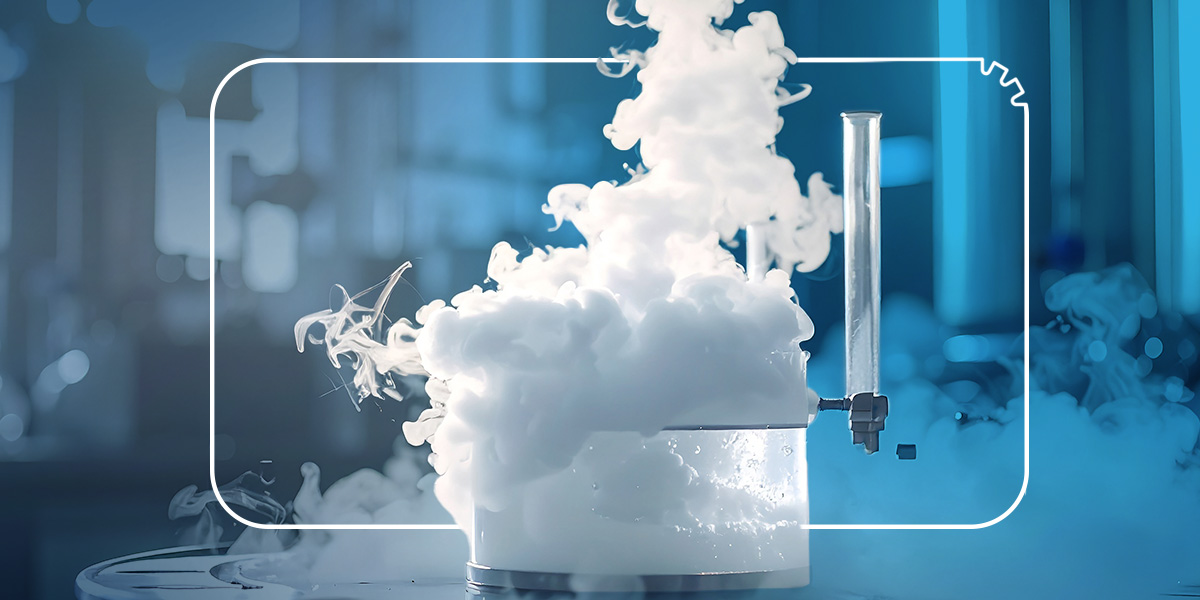Properly managing vapors and gases produced in industrial processes is essential to protect the health of workers and comply with environmental regulations. Many of these vapors contain Volatile Organic Compounds (VOCs), easily evaporated chemicals that, if not properly treated, can contaminate the air and pose a risk to both people and the environment.
But how does an industrial vapor extraction system work and what solutions exist to eliminate them effectively and sustainably?
In this article, we find out why vapor extraction is a crucial aspect of industrial air purification and which technologies help create a safe, clean, and regulation-compliant work environment.
Risks and impacts of harmful vapors and gases in industrial processing
Potentially harmful vapors and gases, often containing VOCs and other volatile irritants, are generated during many industrial processes (such as painting, heat treatment, die casting, chemical processes, and plastics processing).
If not properly extracted and filtered, these pollutants can:
- compromise air quality in the workplace;
- cause health hazards;
- create fire or explosion hazards in the presence of flammable mixtures;
- shorten the useful life of industrial equipment and contaminate production surfaces.
A well-designed industrial vapor filtration system captures pollutants at the source, conveys them safely, and treats them through dedicated filtration technologies before releasing the cleaned air into the atmosphere.
How does an industrial vapor and gas extraction system work?
In industrial processes, the vapor extraction system must not only capture pollutants, but also effectively abate them before discharge to the environment. Vapors containing VOCs require specific treatment systems that neutralize or absorb them, preventing harmful dispersion.
The choice of technology depends on several factors: type of substance to be treated, inlet and outlet concentration, temperature and chemical composition of the air stream.
Here are the main extraction and filtration technologies for industrial vapors and gases:
- Scrubbers or wet filters, which use water or neutralizing solutions to trap acidic or alkaline vapors, also reducing VOCs.
- Hydrodynamic filtration systems , which use the effect of air/water micro-mixing to simultaneously break down dust, vapors and gases, combining effectiveness and sustainability.
- Activated carbon filters, suitable for absorbing volatile organic compounds (VOCs), odors and solvents that are not soluble in water.
- Biofilters, used in specific environmental applications to treat biodegradable gases.
- Thermal oxidizers, suitable for destroying organic vapors and gases through controlled combustion at high concentrations.
- Combination systems, which integrate multiple technologies to achieve higher levels of abatement.
The benefits of an efficient industrial vapor extraction system
A properly designed industrial vapor and gas extraction system offers real benefits for the environment and productivity:
- reduces health risks and improves workplace safety;
- ensures compliance with the emission limits set by environmental regulations;
- prevents damage and corrosion on machinery and surfaces;
- improves indoor air quality and the company's environmental image.
Industrial vapor extraction is not just a safety measure, but a strategic investment in efficiency, sustainability and environmental responsibility.
One of HF's solutions for industrial vapor and gas extraction.
Among the most effective technologies for industrial air extraction are scrubber filters: wet filtration systems designed to break down vapors, gases and VOCs through direct interaction between air and washing liquid.
In our next article, we’ll take a closer look at this technology: how scrubber filters work, the different types available, and the industrial sectors where they offer the best performance.
Rely on HFiltration's experience: we design tailor-made systems for the extraction and removal of dust, vapors and VOCs, guaranteeing efficiency, safety and regulatory compliance.



